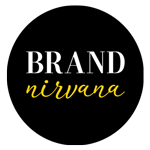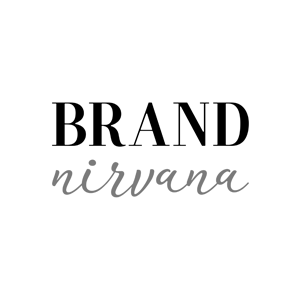Effective digital advertising design is crucial for capturing attention, engaging audiences, and driving conversions. In a crowded online space, well-designed ads can make all the difference. Here’s a comprehensive guide to best practices and trends in digital advertising design.
1. Understanding the Fundamentals
Clarity and Simplicity: Your ad should communicate its message quickly and clearly. Avoid clutter and focus on a single, clear call to action (CTA).
Visual Hierarchy: Use size, color, and placement to guide the viewer’s eye through the ad. The most important elements, such as the headline and CTA, should stand out.
Brand Consistency: Ensure that your ads reflect your brand’s identity. Consistent use of colors, fonts, and imagery strengthens brand recognition.
2. Ad Formats and Sizes
Different platforms and placements require various ad formats and sizes. Here are some common formats:
- Banner Ads: Standard sizes include 728×90 (leaderboard), 300×250 (medium rectangle), and 160×600 (skyscraper).
- Video Ads: In-stream ads, out-stream ads, and bumper ads (6-second non-skippable).
- Social Media Ads: Square (1080×1080), vertical (1080×1920 for stories), and carousel ads.
- Native Ads: Ads that match the look and feel of the platform on which they appear.
3. Best Practices for Digital Ad Design
Compelling Imagery: Use high-quality images or graphics that are relevant to your message. Avoid stock photos that look generic.
Strong Headlines: Craft concise and engaging headlines that capture attention immediately. Use action-oriented language.
Effective CTAs: Your CTA should be clear, direct, and compelling. Examples include “Shop Now,” “Learn More,” or “Sign Up.”
Responsive Design: Ensure your ads look great on all devices, from desktops to smartphones. Responsive design adapts to different screen sizes.
A/B Testing: Test different versions of your ads to see which ones perform best. Experiment with variations in headlines, images, and CTAs.
Animation and Interactivity: Use subtle animations to draw attention without being distracting. Interactive elements can engage users and increase click-through rates.
4. Design Tools and Software
Adobe Creative Cloud: A suite of tools including Photoshop, Illustrator, and After Effects for creating and editing graphics, illustrations, and animations.
Canva: A user-friendly tool for designing ads with pre-made templates and an extensive library of elements.
Sketch and Figma: Popular tools for UI/UX design that are also useful for creating digital ads.
Crello: Similar to Canva, Crello offers templates and design tools for creating eye-catching ads.
5. Trends in Digital Advertising Design
Minimalism: Less is more. Clean, uncluttered designs with ample white space can be very effective.
Bold Typography: Large, bold fonts can make your message stand out and are particularly effective in social media ads.
Personalization: Tailoring ad content to individual users based on their behavior and preferences can significantly increase engagement.
Storytelling: Ads that tell a story or convey a narrative can create an emotional connection with the audience.
Dark Mode Compatibility: Designing ads that look good in both light and dark modes can enhance visibility and engagement, especially in apps and platforms that offer dark mode.
Sustainability and Inclusivity: Reflecting these values in your design can resonate with modern audiences who prioritize these issues.
6. Social Media Platform-Specific Tips
Facebook and Instagram:
- Use vibrant, high-contrast images.
- Keep text concise to avoid truncation.
- Utilize video and carousel formats for storytelling.
Twitter:
- Ensure your message is clear even with limited text.
- Use eye-catching visuals to stand out in the fast-paced feed.
LinkedIn:
- Maintain a professional tone.
- Use high-quality images relevant to a professional audience.
Pinterest:
- Focus on visually appealing, inspirational content.
- Vertical pins (1000×1500) perform best.
TikTok:
- Embrace the platform’s playful, creative style.
- Short, engaging videos with strong CTAs work well.
Conclusion
Effective digital advertising design is a blend of art and science. By understanding the fundamentals, utilizing the right tools, and staying on top of design trends, you can create ads that not only capture attention but also drive meaningful engagement and conversions. Keep experimenting, testing, and refining your designs to achieve the best results in your digital advertising campaigns.

